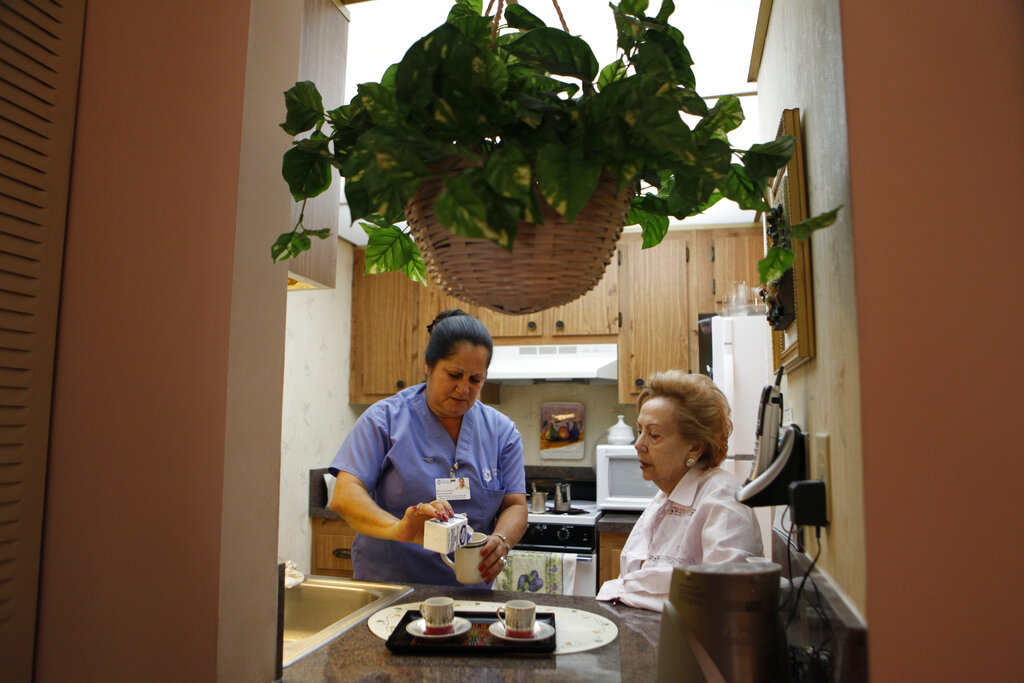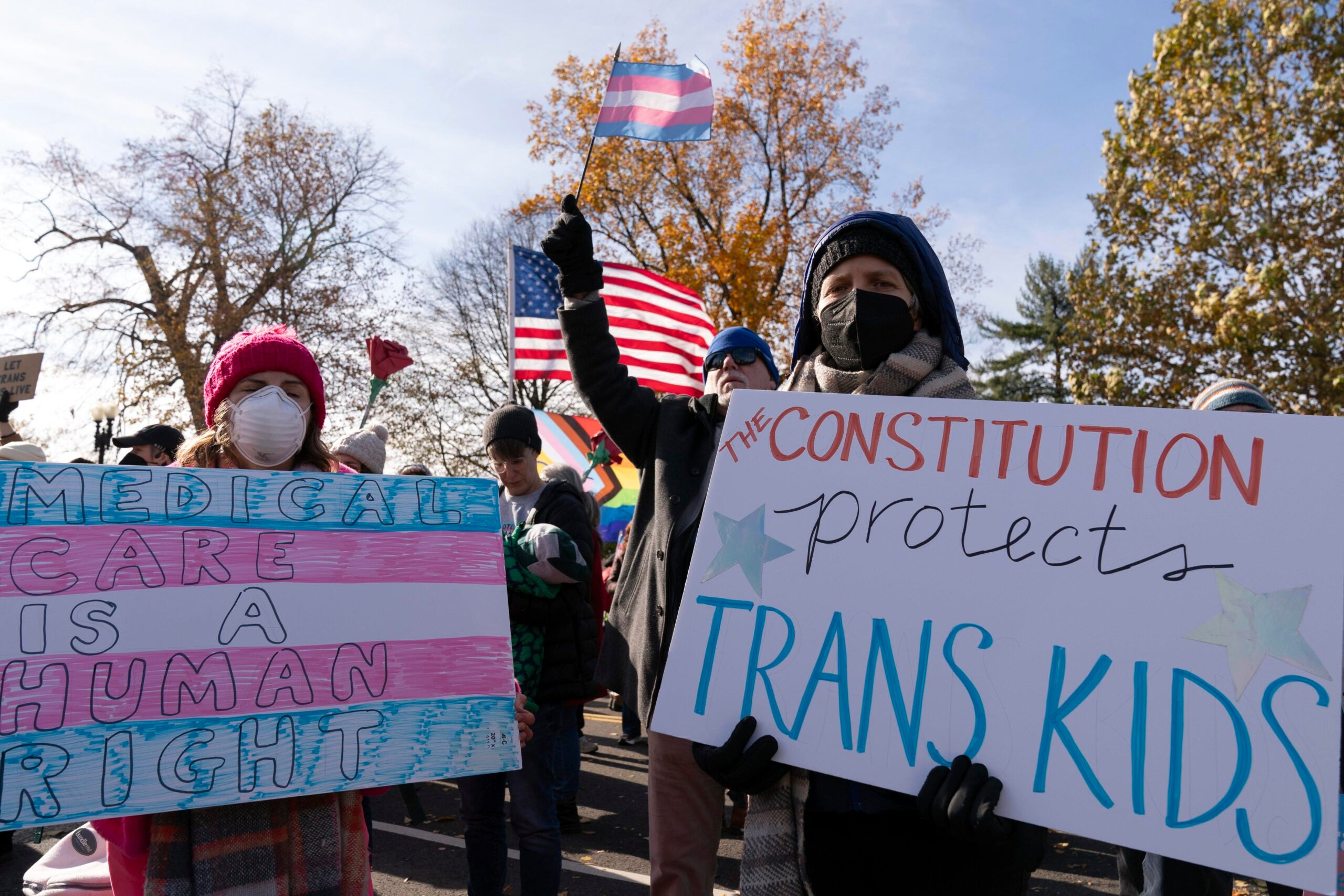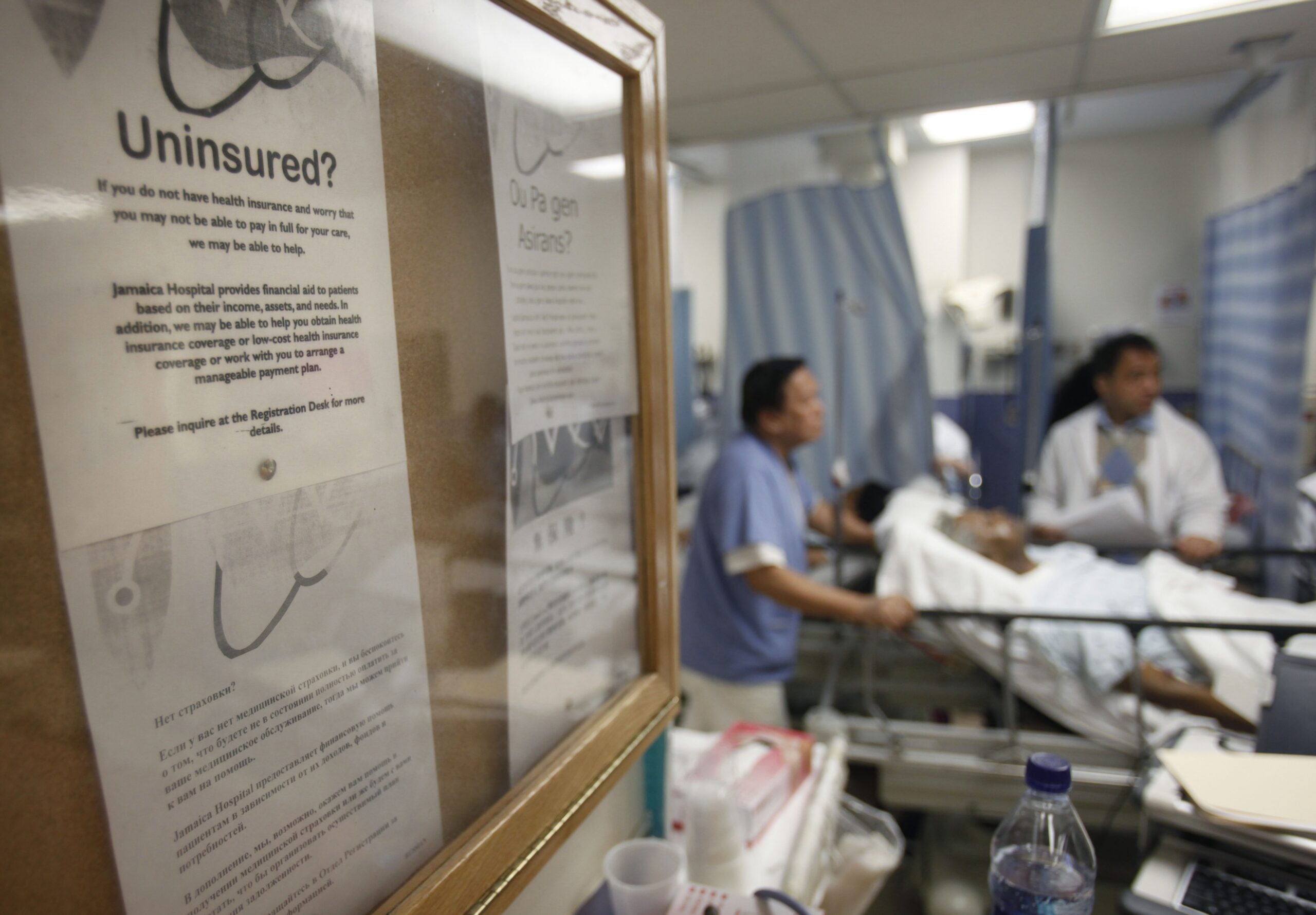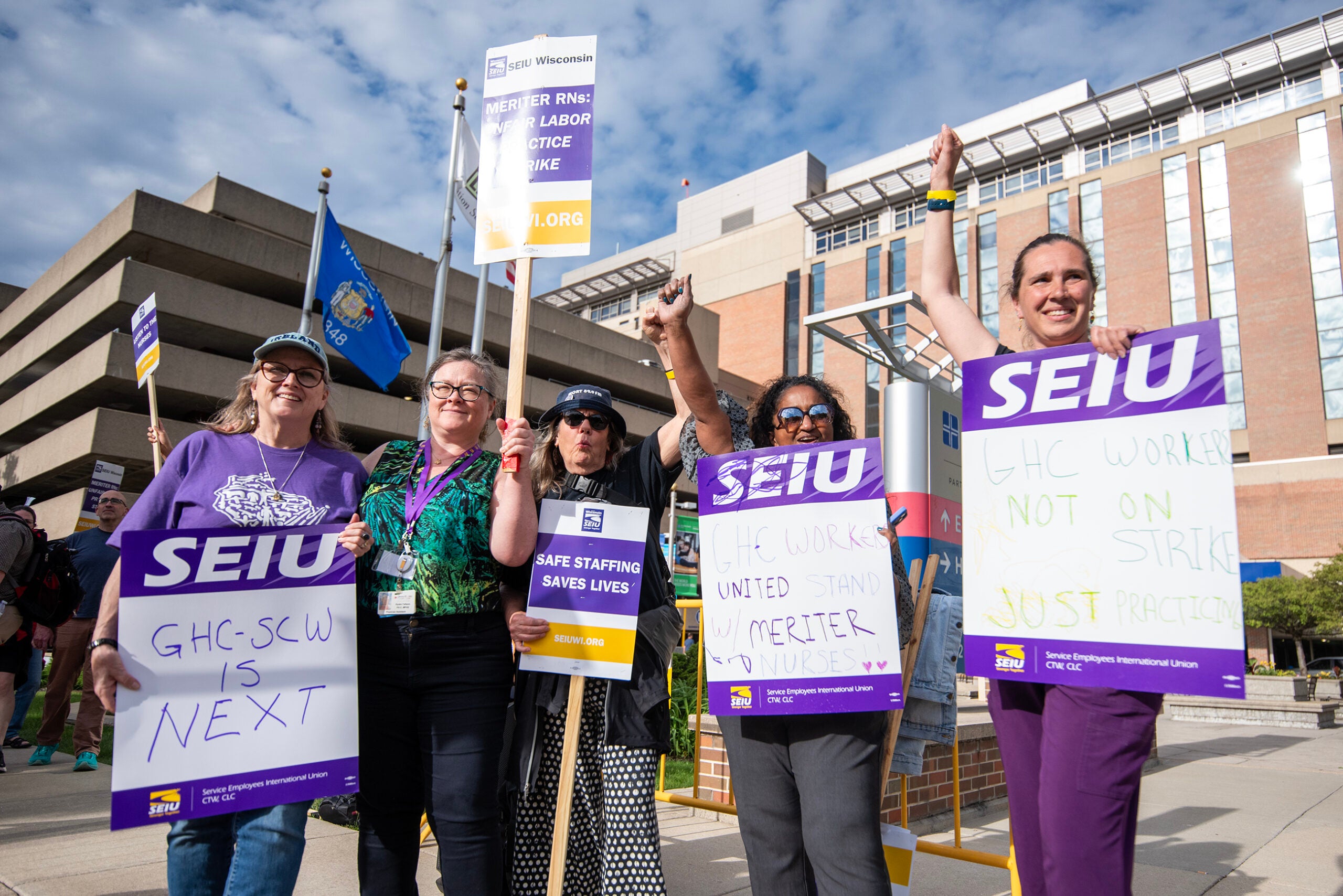Wisconsin is making changes to recruit and retain workers to care for the state’s older adults and people with disabilities. But some advocates say the new policies are still just the first steps to fixing the industry’s workforce problems.
Last week, Gov. Tony Evers announced the state would establish minimum rates for home and community-based care that must be paid by managed care organizations serving Medicaid patients. The governor allocated $258 million in federal pandemic relief funding to establish the new fee schedule.
In a press release, Evers said the change would effectively raise wages for direct care workers. The governor had called for minimum rates for direct care workers in his last state budget proposal, but the GOP-led state Legislature did not include it in their version of the budget.
News with a little more humanity
WPR’s “Wisconsin Today” newsletter keeps you connected to the state you love without feeling overwhelmed. No paywall. No agenda. No corporate filter.
Janet Zander, advocacy and public policy coordinator for the Greater Wisconsin Agency on Aging Resources, said organizations like hers have been hoping to see the rate increase resurface. She said the wages currently offered to caregivers haven’t kept pace with the retail or food service industries.
“No matter where you live in this state and no matter how you’re paying, but particularly if you’re relying on Medicaid as your source of payment, there are not enough workers to meet the need,” Zander said. “So what that means for folks is they need 20 hours of care and they get 10 (hours).”
Zander said the remaining needs fall on family members or other unpaid caregivers, sometimes causing people to leave the workforce to provide care for their loved ones. She said it can also result in people with Medicaid needing to move to more expensive resident care if they can’t find someone to care for them at home.
Some advocates say transparency is needed with higher rates
Zander said there are still several details she’s hoping to see before the fee schedule goes into effect in October, including measures to increase transparency and show the additional funding is actually going into workers’ paychecks.
It’s an issue other states have weighed as they introduce similar minimum rates, according to national nonprofit PHI.
Amy Robins, PHI’s senior director of policy, said some states like Montana have raised rates for Medicaid services without requiring companies to prove the additional funding is going into wages. But she said the home and community-based services providers have seen their operating costs increase beyond just wages.
“When they’re given sort of that flexibility, even if the intention is explicitly for it to go to wages, that might not always be the result because they’re balancing all of those costs,” she said.
She said other states, like Colorado, have set a base wage for direct care workers and required that companies report what they’re paying employees.
Robins said people providing home and community-based care can often find better pay and benefits in fields with similar entry requirements, like retail and food services. A PHI report found in Wisconsin, direct care workers earned a median wage that is $3.19 less than those other occupations.
“At a certain point, even if somebody loves this work, they’re going to make a financial trade off and go to other work that pays them more,” she said. “Frankly, I don’t think that’s a choice that we want folks to be making.”
Future of funding for direct care remains unclear
Beyond transparency, Zander said she is most concerned about what happens when the federal funding used to create the minimum fee schedule runs out. She said the state’s need for more care workers isn’t coming to an end any time soon.
“We have an aging population, and there’s more demand on the services,” she said. “If we’re truly going to invest this in wages, we can’t pull those wages back a year from now.”
But other advocacy leaders are more hopeful the rate change this fall will lead to a permanent change.
“We didn’t get to this crisis overnight,” said Patti Becker of the Wisconsin Survival Coalition, which represents organizations serving people with disabilities. “It’s been building and building for decades. So it’s going to take multiple ways, multiple approaches to bring (the workforce) to the level that it needs to be.”
Becker said the state’s certification program for direct care professionals has helped draw attention to the career and provided valuable training for people hoping to build a long-term career.
Wisconsin Public Radio, © Copyright 2025, Board of Regents of the University of Wisconsin System and Wisconsin Educational Communications Board.







